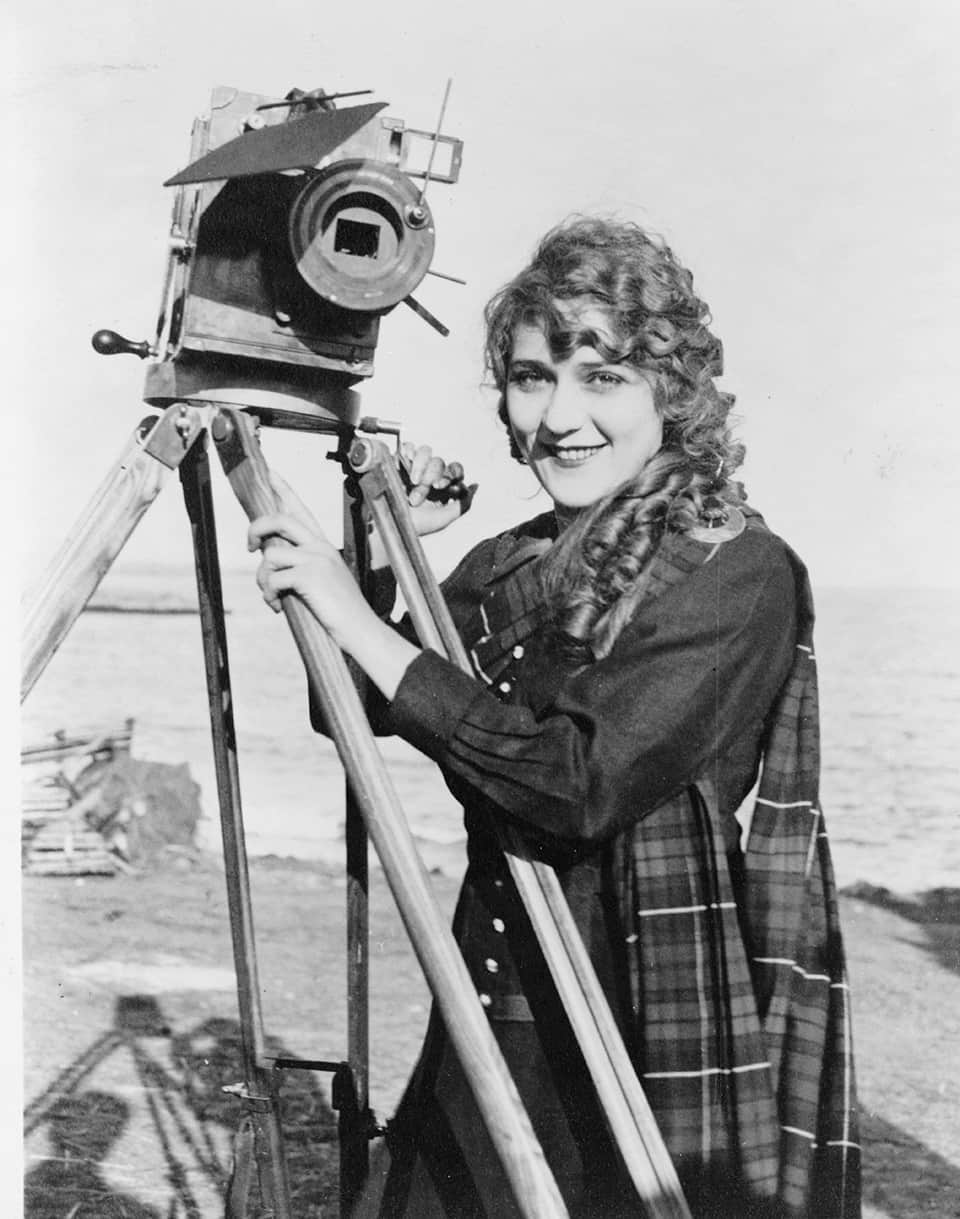By the early 1920s, Hollywood had firmly established itself as the world's film capital. It was responsible for producing virtually all films shown in the United States and claimed an impressive 80% of the global market share. This era marked a golden age for cinema, characterized by extravagant parties, dazzling stars, and groundbreaking innovations that would shape the future of entertainment.
The Glitz and Glamour of 1920s Hollywood
1920s Hollywood is often depicted as a time of decadence, debauchery, and excess—a world where dreams were both made and shattered. In Damien Chazelle’s film Babylon, this vision comes to life through vivid portrayals of dusty backlots and opulent mansions. The movie captures the spirit of an industry on the brink of transformation, filled with wild parties, illicit substances, and scandalous behavior. But was it really like that?
While Babylon dramatizes the darker side of Hollywood, historical accounts confirm that the roaring twenties were indeed a period of rapid growth and reckless abandon. Filmmakers pushed boundaries, actors became international icons, and the rise of talkies—films with synchronized sound—revolutionized the industry. However, beneath the surface lay a complex web of societal issues, including concerns over morality, gender inequality, and labor disputes.
A Collector's Vision: Art Meets Architecture
My painting, titled Actress, has found a new home in a collector's stunning residence inspired by the architectural charm of 1920s California. The building reflects the elegance and proportionality of its era, blending classic design elements with modern comforts. Its presence evokes memories of a bygone age when Hollywood reigned supreme as a cultural beacon.
In discussing the social landscape of the time, historians highlight the anxieties of Los Angeles reformers who feared for the safety of young women drawn to Hollywood. Many viewed the city as a den of vice, rife with prostitution and other vices. My forthcoming article, The Harlot City?: Prostitution in Hollywood, 1920-1940, delves deeper into these themes, offering insights into the hidden realities behind the glittering facade.
Scandals, Talkies, and Transformation
As Lauren Good notes in her analysis of the era, the bright lights of 1920s Hollywood often blinded newcomers to the challenges they faced. Scandals rocked the industry, tarnishing reputations and sparking public outrage. At the same time, technological advancements such as the introduction of synchronized sound ushered in a new era of storytelling. These changes not only transformed the business but also reshaped how audiences engaged with movies.
Despite its allure, Hollywood harbored a dark underbelly. Behind the glitz and glamour lay struggles related to race, class, and gender. Women, in particular, saw their opportunities diminish during this period, despite playing pivotal roles in early filmmaking. Data from the era reveal a significant decline in female participation across various job roles within the industry between 1920 and 1950.
A Legacy of Innovation and Controversy
Damien Chazelle's Babylon offers a compelling narrative about the tumultuous nature of Hollywood during the 1920s. By juxtaposing the dream factory's glamorous exterior with its nightmarish underside, the film raises important questions about the cost of success. While some critics praise its authenticity, others argue that it oversimplifies the complexities of the era.
For those seeking a glimpse into this fascinating chapter of history, resources abound. From vintage photographs showcasing iconic landmarks like the Hollywood Bowl to personal anecdotes shared by industry insiders, there is much to explore. Whether you're fascinated by the architecture of historic buildings or intrigued by the stories of legendary figures, the legacy of 1920s Hollywood continues to captivate audiences worldwide.
Exploring Beyond the Silver Screen
Beyond the realm of cinema, Hollywood remains a vibrant community with deep roots in American culture. Established businesses like Barney's Beanery, which opened its doors in West Hollywood in 1920, serve as reminders of the area's enduring appeal. Meanwhile, residential properties such as the stately home at 1920 Hollywood Drive in Lawrenceville, Georgia, exemplify the timeless elegance associated with the decade.
As we reflect on the evolution of Hollywood, it becomes clear that its journey from a modest agricultural settlement to a global powerhouse was anything but straightforward. Through triumphs and tribulations, the city has maintained its status as a symbol of ambition, creativity, and resilience—a testament to the enduring power of dreams.

